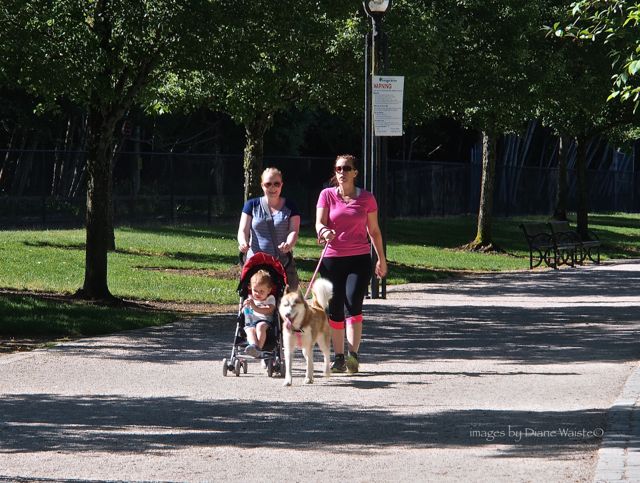Submitted by Thurston County Public Health and Social Services
At the most basic level, the concept of health equity speaks to the fact that our health is about a lot more than just health care and disease. Our health is impacted by our lives, the way we live, the resources we have access to and the environment in which we live. Where we live, our income, whether or not we have access to healthy food and other resources, all have a role to play in our health and longevity. Things in our lives that impact our health, but which aren’t directly related to health care are sometimes called ‘social determinants’.
When there are negative impacts on health influenced by things such as lack of access to good food, good education, or a reasonable income (so called ‘social determinants of health,’), these impacts happen in unjust ways. In other words, some groups of people have more negative health impacts in comparison to other groups as a result of how community conditions influence their lives. These influences can have a domino effect on peoples’ health.
Here’s one example. Only 9 percent of students from the lowest income group finish college, while 54 percent from the highest income group finish college.—According to the Health Equity Institute,
“Lower income neighborhoods tend to have fewer safe places to exercise, limited access to healthy foods, poor schools, and limited job opportunities.”
We can begin to see there could be health issues down the road for this 9 percent in every area of their health—from problems that develop as a result of poor nutrition and lack of exercise, to issues with substance abuse generated by lack of information and resources.
These inequities can result in major, and unequal, health impacts—such as lower life expectancy. In Thurston County, we see differences across communities. For example, the life expectancy for the Yelm zip code 98597 is 78 years old compared to 84 for the Olympia zip code 98502.
One way to look at these determining factors is through the lens of community. According to information developed by the CDC on Promoting Health Equity, “Our environments cultivate our communities, and our communities nurture our health.” They go on to share that when inequities (such as violence, substance abuse, malnutrition, depression, stress and obesity are high, and resources are low, the health outcomes are worst. When inequities are low, and resources are high, health outcomes are at their best.
The Centers for Disease Control’s Health Communities Program suggests there are multiple ways to approach our work to achieve equity, including traditional public health programs and initiatives, as well as broader large-scale policies. One of the most powerful approaches, they suggest, is through small scale programs, run by local communities. “Initiatives that focus directly on social determinants of health” such as education, income, neighborhood conditions, can be one of the best ways to combat health inequities. Focusing on these things allows us to work our way toward true health equity, in which all people have an equal opportunity to achieve their best health.
Having health care is an important foundation, but in the wake of all the debate over health care programs and coverage, it is easy to forget that achieving or maintaining good health is more than healthcare alone. A much broader group of health impacts are captured in the concept of health equity. Striving to level the playfield so that every person can achieve their best potential health, is worth working toward.


















































